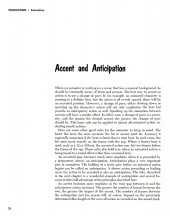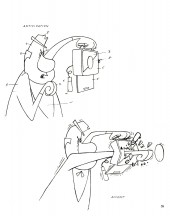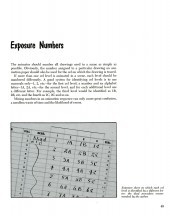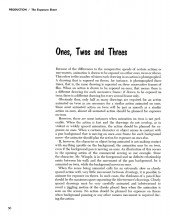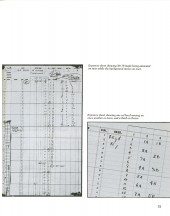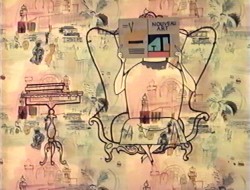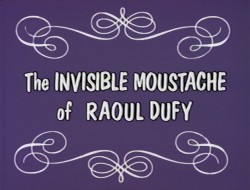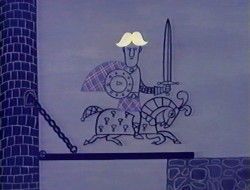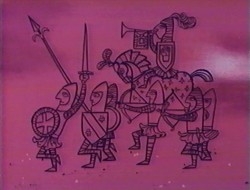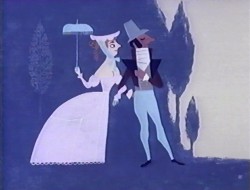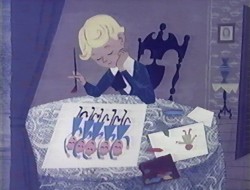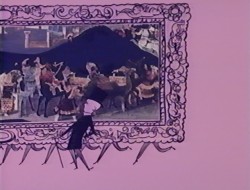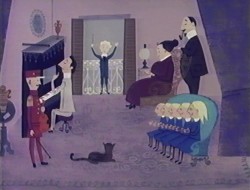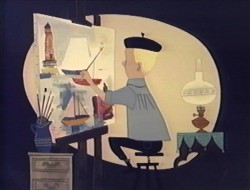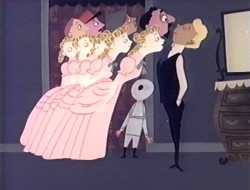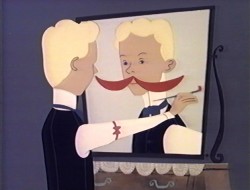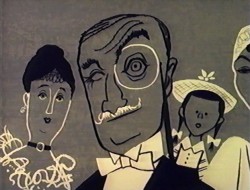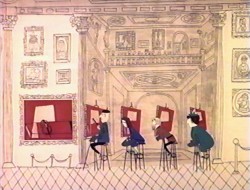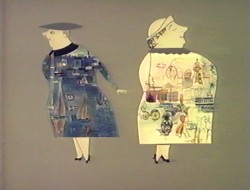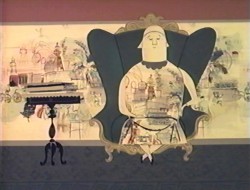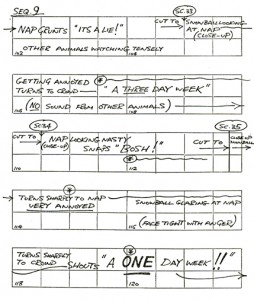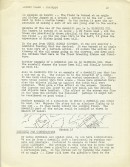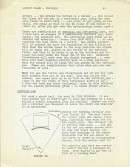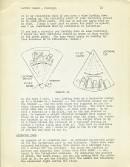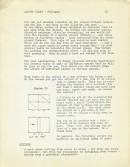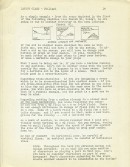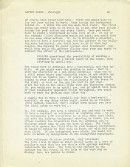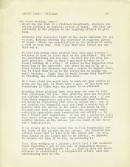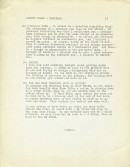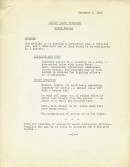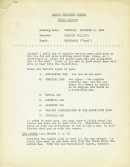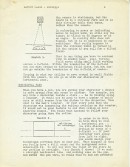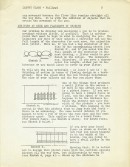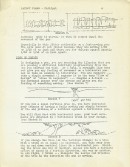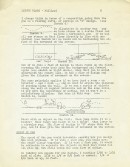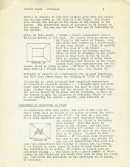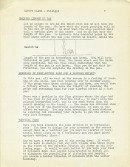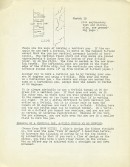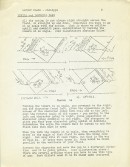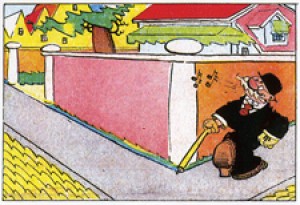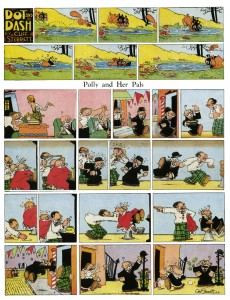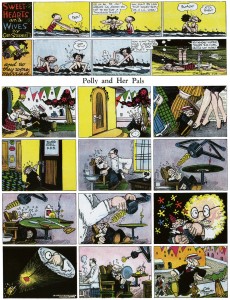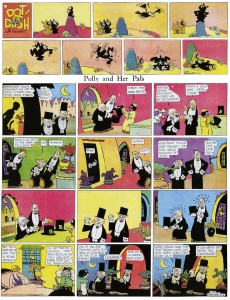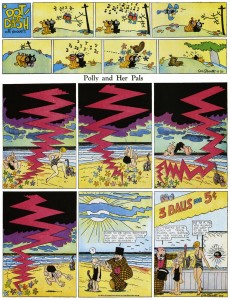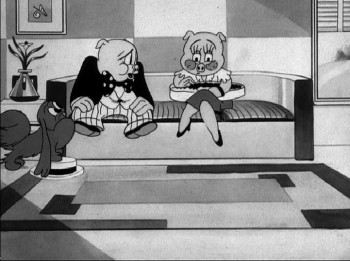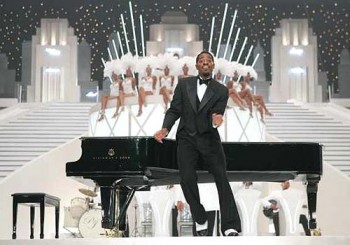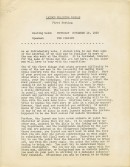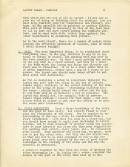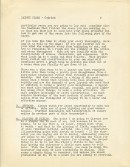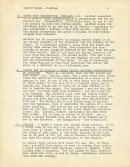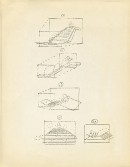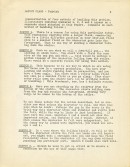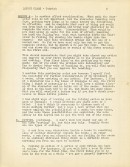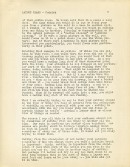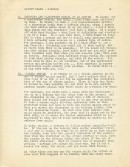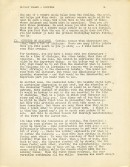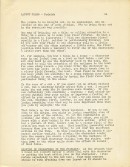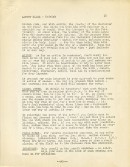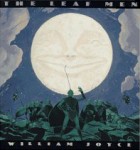Animation Artifacts 01 Sep 2006 07:59 am
Levitan Book
The other day I wrote about bar sheets and posted some examples from Halas’ Technique of Film Animation and Eli Levitan’s Animation Art in the Commercial Film. I realized that that may be a book that’s unfamiliar to most people and would like to give it some attention here.
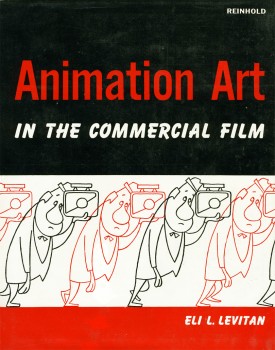 – When I was a kid, I was determined to work in animation. By the time I was 12 and had saved enough to buy an 8mm camera (these are the prehistoric days before the invention of video tape – nevermind dvd’s), I had already animated some films and had a gang of characters. I’d learned everything I knew about animation from books, really.
– When I was a kid, I was determined to work in animation. By the time I was 12 and had saved enough to buy an 8mm camera (these are the prehistoric days before the invention of video tape – nevermind dvd’s), I had already animated some films and had a gang of characters. I’d learned everything I knew about animation from books, really.
There was the Disneyland show every couple of weeks about animation, and they gave you some information about how the work was done. In fact, though, that was more entertainment than informational. The same was true of the Walter Lantz segments on the Woody Woodpecker show.
So, it was books. I went to the library a dozen times a week to read through the books I couldn’t take out, and I memorized the books I could bring home. The Halas book, Techniques of Film Animation, was the real deal. Heavy information (some of it I still don’t understand – all those equations in the back of the book). A Christmas Present brought Bob Thomas’ The Art of Animation, which focussed on Sleeping Beauty‘s production. This started my book collection.
There were only a couple of others at the library. I knew all the titles by heart in that small section. There weren’t a lot of animation books back in the late fifties. Animation Art in the Commercial Film (1960) was an oddity that showed up one visit. It was by a NY cameraman/producer, Eli Levitan and highlighted the technical parts of animation. It used a GE commercial for all of its illustrations. The technical aspects of the book were good, but anything to do with drawing or animation, itself, seemed forced. Unfortunately, it didn’t name- drop animators from Disney – or even NY – as the Thomas or Halas books did. It didn’t even name the people who posed in the photographs printed. This is something I religiously sought in my books. I wanted to know who those people were.
Of course, in time, I memorized this book as well. There was a lot in it for someone who understand most of the mechanical aspects of the medium and was interested in learning more.
Levitan had at least two more books about animation: A Handbook of Animation Techniques (1979) and Electronic Imaging Techniques: A Handbook of Conventional and Computer-Controlled Animation, Optical, and Editing Processes (1977)
 1
1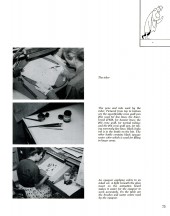 2
2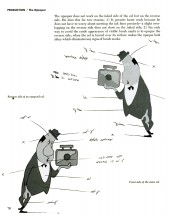 (Click on any image to enlarge.)
(Click on any image to enlarge.)
